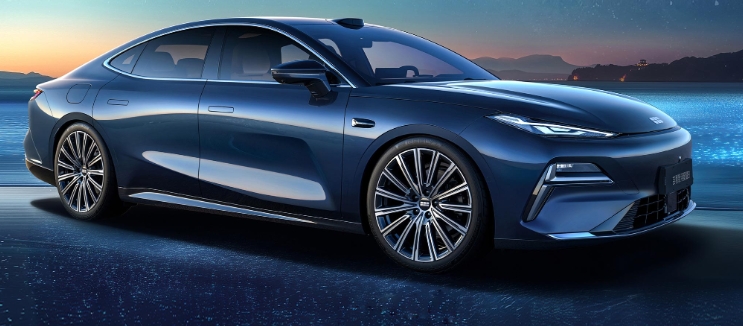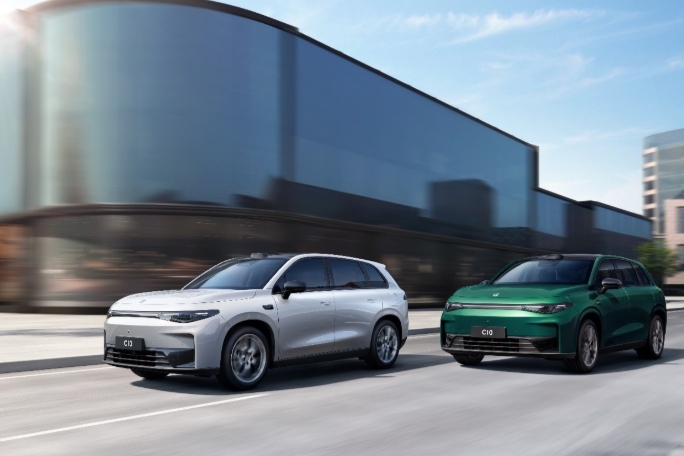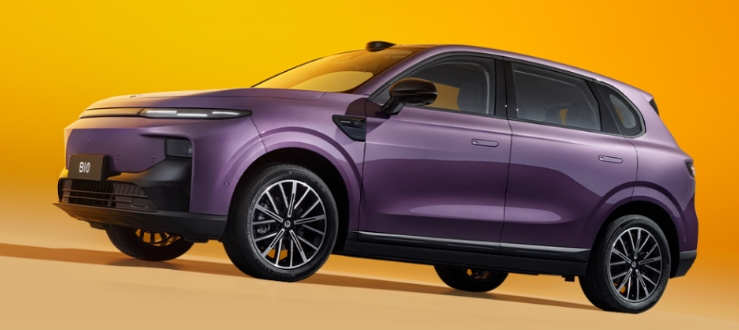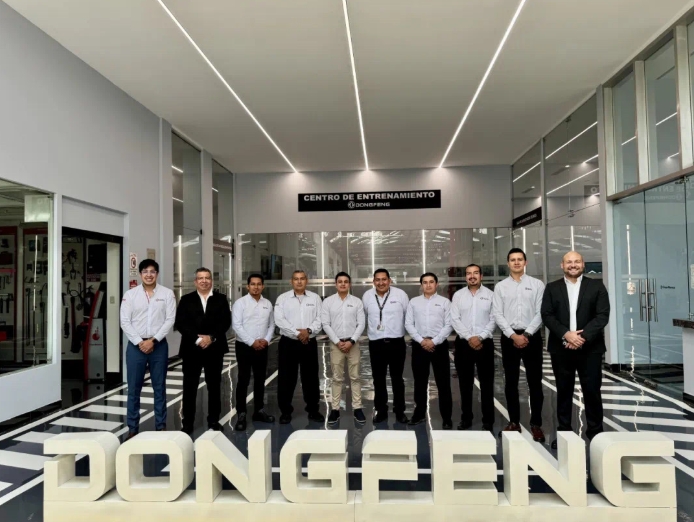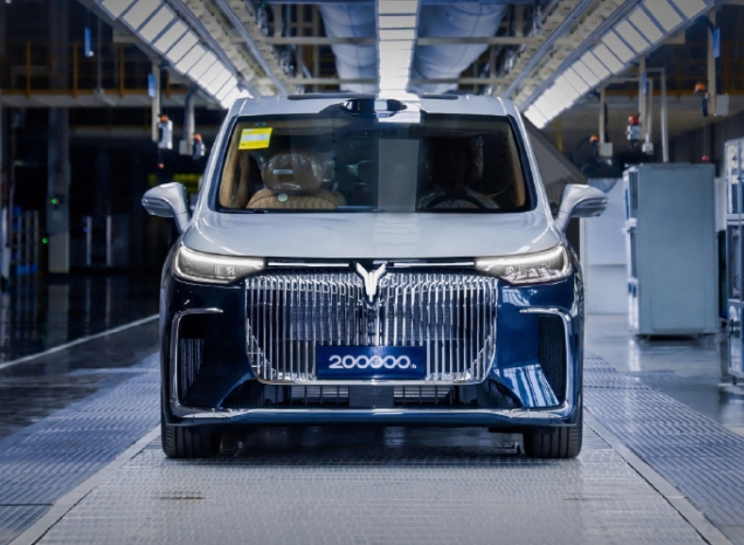“Eggs” is a reference to the never-ending discussion of the “chicken versus egg” dilemma in our nascent electric transport world. What do you need first, charging stations or electric cars? While this may have seemed like a question just for the start of the EV revolution, I think it’s become clear that this is an ongoing question/dilemma/game of seesaw.
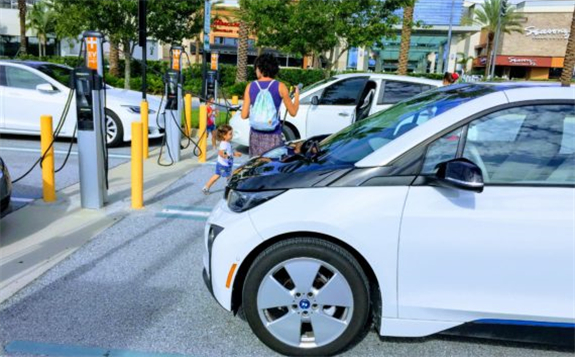
Yes, this relates to San Mateo County’s news, even if it seems I’ve just gone off on an unfocused tangent. The San Mateo County news isn’t just about San Mateo County — it’s relevant to broader questions and potential solutions. There’s a genuine debate lingering regarding how much EV charging infrastructure makes sense as a basic public good versus how much it should be developed, provided, and operated by the private market.
Note that this isn’t a case of the county government funding the infrastructure, though. “The California Energy Commission (CEC) and Peninsula Clean Energy, the local community choice aggregator (CCA), plan to collaborate on the installation of thousands of EV charging stations over the next four years,” a representative of Peninsula Clean Energy wrote in an email to CleanTechnica. “This investment is part of a regional collaboration of local CCAs and public utilities proposed by the CEC.”
A press release from the organizations added, “Using $12 million from PCE and an additional $12 million proposed by the California Energy Commission (CEC), thousands of charging stations will be installed in San Mateo County over the next four years.”
The question that pops into my head is, how many chargers is that going to buy, and how many electric vehicles will they support? Beyond the broad “thousands of stations” comment, there’s no statement from the organizations about what they think they can build or how many EVs they think they can support with this investment.
Nonetheless, one thing is clear: $24 million can build a lot of charging stations and support a lot of EV drivers. And if the eggs are there, the chickens will hatch.
They do indicate there are currently 19,000 plug-in electric vehicles registered in the county, and here’s a screenshot from PlugShare of the charging stations in the area (~400 in this shot):
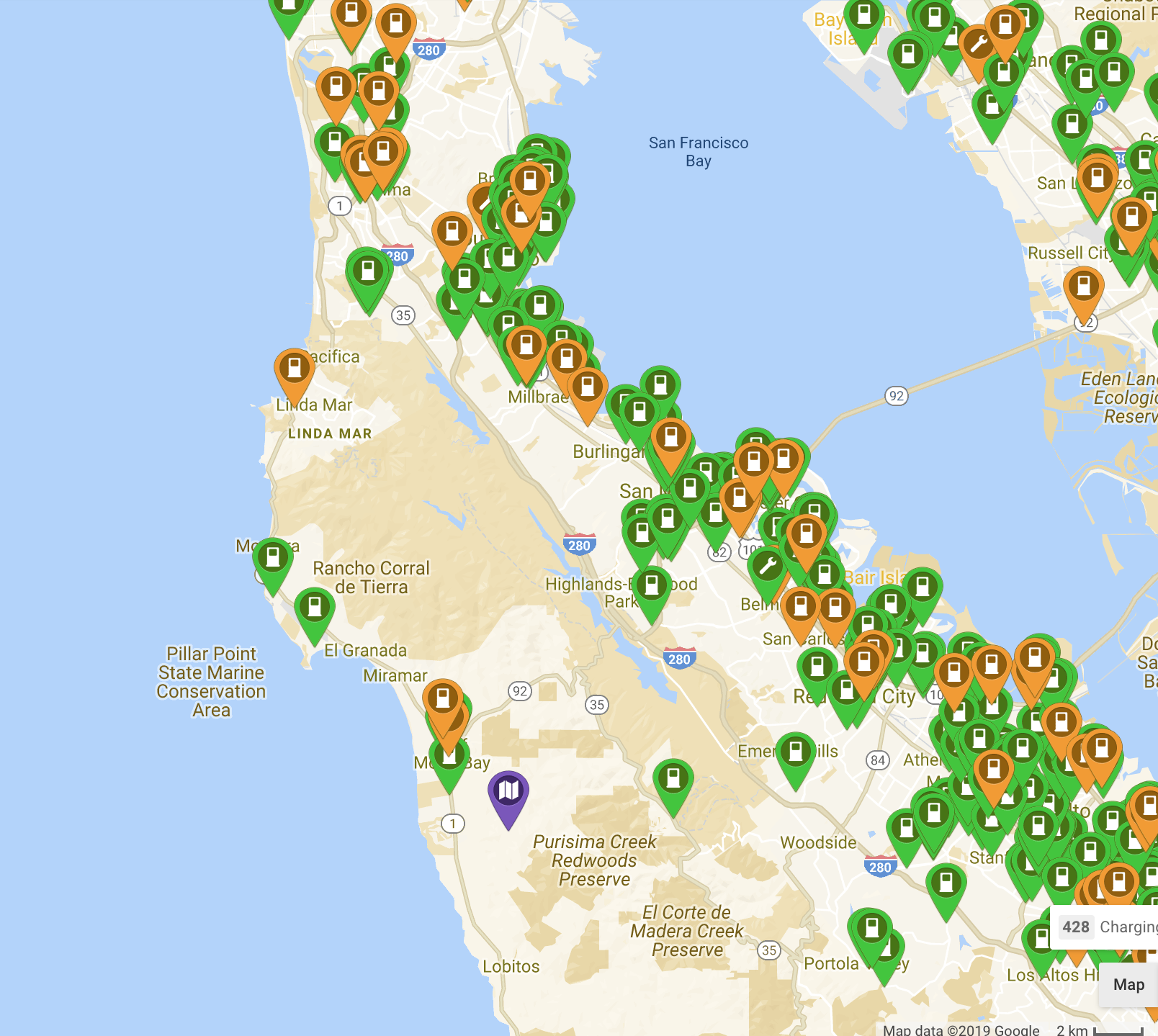
“‘Expanding EV charging stations in our communities is the logical next step in our efforts to make driving an electric vehicle accessible and affordable,’ said CEO Jan Pepper of Peninsula Clean Energy (PCE), the not-for-profit community choice electricity agency serving approximately 290,000 accounts in San Mateo County. …
“’We are pleased that the Energy Commission is so supportive of PCE’s suite of EV programs,’ Pepper said. ‘PCE already has incentives for purchase or lease of new electric vehicles, and a program to help low-income residents who want to buy a used EV. Now we’re making sure that all drivers will be able to easily charge their cars at work, at home, or at various public locations.’ PCE is also providing public EV marketing campaigns, test drive events, an additional $2 million for outreach and technical assistance to help property owners prepare to install EV chargers, and technical support for school districts switching to electric school buses.
“Peninsula Clean Energy estimates that driving an EV saves over $1,200 a year in maintenance and fuel costs compared to a gas-powered car. San Mateo County has an estimated 19,000 plug-in electric vehicles on the road.
“The CEC is also proposing an additional $18 million for partnerships with Silicon Valley Clean Energy, San Jose Clean Energy, City of Palo Alto Utilities and Silicon Valley Power. Total CEC investments in the regional CALeVIP collaboration between San Mateo and Santa Clara Counties are proposed at $30 million.”


